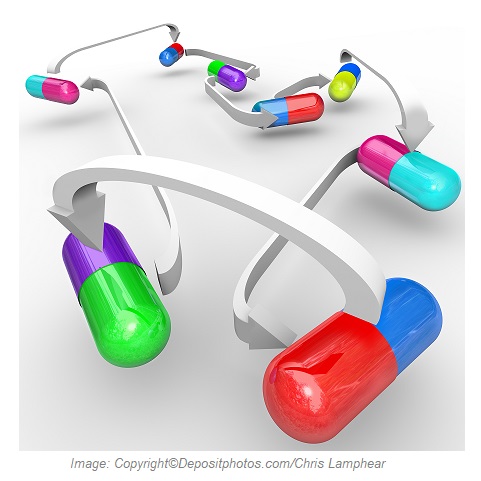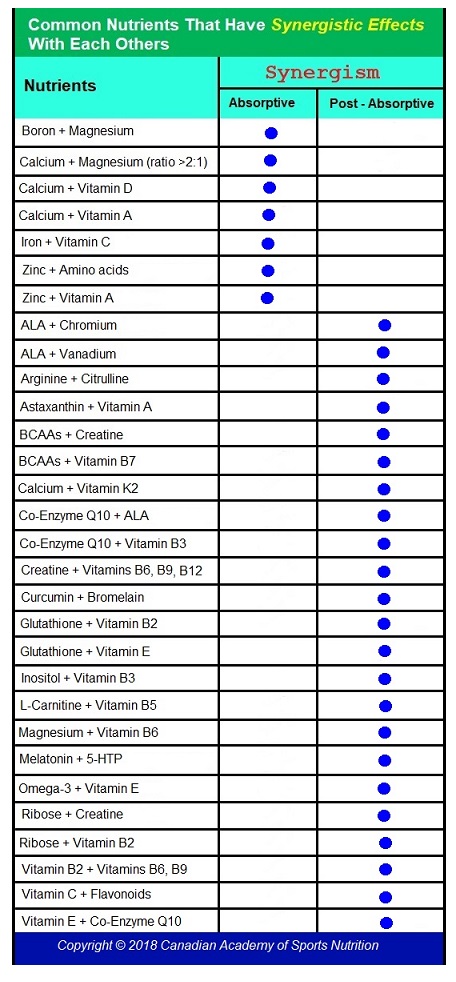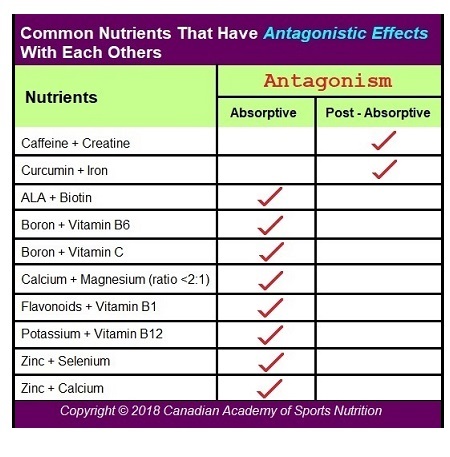Imagine of the comedy duos of Laurel and Hardy or the trios of three stooges.
They together are more entertaining than acting individually. This is almost true about certain micronutrients. The field of nutrients, nutrition and particularly sports nutrition is highly dynamic and constantly evolving. It is moving forward at an astonishingly fast pace, affecting every aspects of human health
Outstanding advances in physiology and biochemistry have increased insights into the mechanisms responsible for the effects of every single nutrients taken into the body and their interrelationships. Understanding synergistic and antagonistic effects of nutrients allows practitioners to know positive and negative interactions among nutrients. For better nutritional guidance and to take full advantage of nutrients, it is important to know which nutrients increase or decrease each other effectiveness.
Synergism:
Synergism in sports nutrition is defined as interaction between two or more nutrients or substances that total effect is greater than the sum of their individual effects. In other words, when two or more nutrients work in concert to generate health benefits far greater than the sum of the individual nutrients, it is called “nutrient synergy”. When a certain nutrient enhances the efficiency of another nutrient, they are in synergy. It helps produce more potent biochemical and physiological effects and maximise them. Synergy occurs either at the location wherein the absorption takes place (absorptive synergy) or somewhere after being absorbed (post-absorptive synergy). A typical example of absorptive synergy is that vitamin D enhances the absorption of calcium from the gastrointestinal tract.
Antagonism:
Antagonism is the opposite of synergism. It is when interaction between two or more nutrients produces an effect lesser than the sum of their individuals effects. In other words, when two or more nutrients decrease each other effectiveness, they have “antagonistic effect“.
Antagonism occurs either at the location wherein the absorption takes place (absorptive antagonism or somewhere after being absorbed (post-absorptive antagonism). A typical example of post-absorptive antagonism is the interaction between caffeine and creatine.
When you know synergism and antagonism in sports nutrition, you would be able to pair off the right nutrients for a fast optimal results.
Abazar Habibinia, MD, DFN
Executive Director of The Canadian Academy of Sports Nutrition




